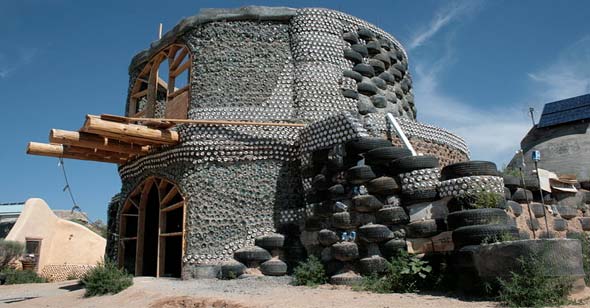
Okay, I’m not going to lie. When I first heard the term Earthship, the first thing I thought of was an image of a bunch of dirty hippies living in some primitive hut without electricity or modern-day luxuries. But the more we investigated the concept, the more we became infatuated with the lifestyle, quickly realizing Earthships have taken the concept of sustainable off-grid living and kicked it into hyper-drive.
These funky-looking homes are more than just an internet oddity; they are the next step in sustainable off-grid living.
So what is an Earthship?
Well, the simplest explanation is they are homes built out of recycled materials like old tires, bottles, and tin cans – I know; I’m not helping you forget the image of the dirty hippie living in a dirty shack, but stick with me.

As construction ideas around these unique homes evolved, they soon started being built with bags or tires filled with dirt, something that provides thermal mass that naturally regulates the homes temperature during both cold and hot temperatures.
Currently, there are over 2.5 billion tires stockpiled in the United States, with 2.5 million more thrown away every year. By taking these tires that would end up in landfills and turning them into building materials you can make a significant difference to the world. In fact, Earthships might be the future of sustainable building and off-grid living.
They are the ultimate 21st-century solution to problems that have plagued the building industry, and they take the concept of sustainable living far beyond any other form of “green” construction.
But do you really want to live in a home made of recycled materials?
While it may seem a bit weird at first, the fact is, these homes are not much different than regular suburban homes. You’re still able to have all the modern amenities and luxuries that you would have in a traditional home, but you get the added benefit of being able to sustain yourself without having to depend on the grid or outside services.
Earthships are fully self-sustaining homes that provide you with food, water, heat and when connected to solar panels all the electricity you need to power your electronics.
Examples of Earthships from around the world
To get a feel for what these homes are all about, check out some of these stunning examples from around the world.

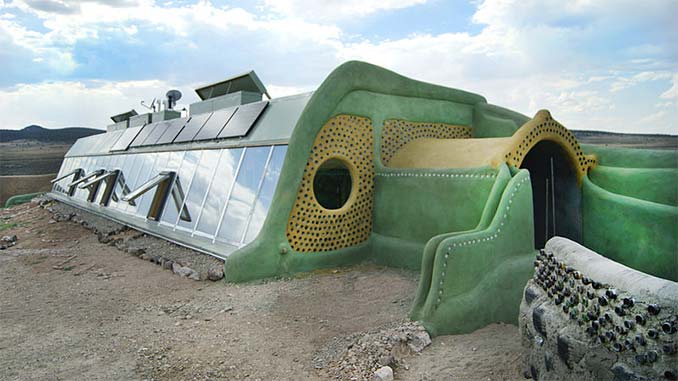

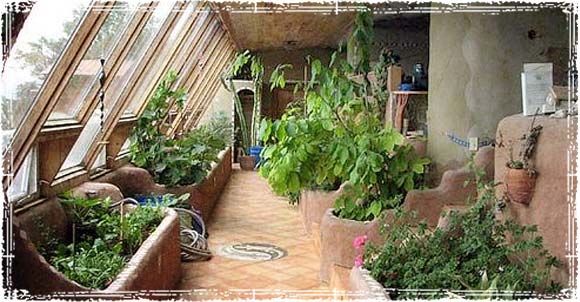
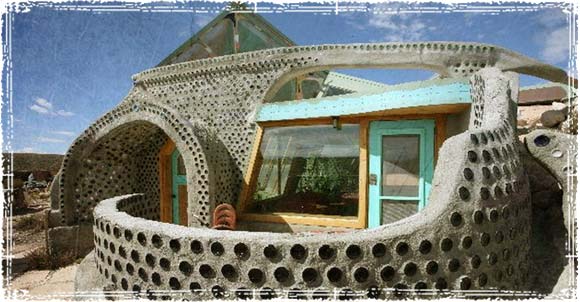
Earthship Construction: Sustainable Homes Built with Recycled Materials.
The most important concept in the building process, is using materials that heat and cool the home without electricity, fossil fuels, or wood. The structural walls of the building are most commonly built with earth-rammed tires, but any dense material that can store heat will work. The walls are then strengthened with concrete.
Because the earth can be shaped into any form you like, the homes often have a unique look that further separates them from traditional homes.
The best thing about these homes is the way they are constructed. The thick, dense walls provide thermal mass, which naturally regulates the interior temperature of the home. Even in extreme environments, the homes are built to maintain constant temperatures of about 70 degrees throughout the year.
They are cheap, environmentally friendly, and completely sustainable.

Sustainable Living: How Earthship homes provide everything you need to live off the grid.
Earthships can be completely self-sustaining; giving you the ability to grow food throughout the year, both inside and outside your home. Even in the harsh desert southwest, Earthships can be built to provide you with all the water, food and electricity you need to live off the grid.

Water Collection
Earthships are built to collect and store water from the local environment. The water is captured from rain, snow and condensation and is stored in large cisterns. To further help with the sustainability of the home, all waste-water is collected, treated and used again in some fashion.
Greywater, water that is not suitable for drinking, is recycled and held in storage tanks and then used for things like flushing toilets.
Powering the Home
Earthships are built to limit power consumption and to collect and store energy from the environment. The way they are constructed requires very little power to heat or cool the home. They are designed to use the properties of thermal mass to keep a constant year-round temperature that is usually somewhere around 70 degrees.
Solar panels on the roof, combined with wind turbines on the property, give Earthships all the power they need to create a fully self-sustaining system.
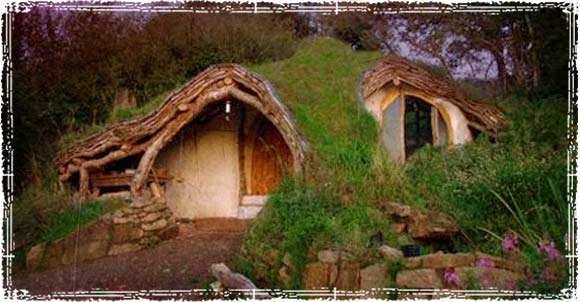
Additional Information & Resources:
If you think that sounds like a good way to live, and want further information on these sustainable home, the following resources are a great way to start.



I wish i had a chunk of land to start building one of these!
I’m wondering how building an earthship would work in a cold environment like in my country Sweden. would it be possible?
Totally possible with geothermal cooling and heating ! It’s truly amazing the house is self sustainable the walls them self collected heat from the sun that will keep your home at a Constant temperature. Then for cooling there are cooling lines that can be ran underground, or under a water mass that will act as a cooling agent.
I would think that it would work very well – just think of the igloo it has the same type of shape and structure as the earth houses.
In New Zealand, tyre repair shops pay $5 a tyre to dispose of old tyres. If you built houses, walls and landscaping from tyres, the money you’d receive would pay for your land! Unfortunately, local authority bylaws may hinder some of these ideas. Is it like this in USA?
sure is. This is change in a bit of time. Change is afoot.
Yes it is a little harder to be approved to build the way you might want. Blueprints and materials must be approved before you may build and the laws,rules, or regulations are different in every state in the US.
is this earthquake prone?
it looks amazing, but my concern is that it will resit a quake 8.9?
These homes are truly build to with stand a lot! There are structures in Haiti that even after a hurricane are still standing . I’ve studied these homes a lot and it’s my understanding that they can withstand an earthquake.
You can find “a lot” of information online in respect to Earth Ships. Most are in the Taos, NM area, but they have many videos of building in other countries, especially those with less strict building codes.
One drawback I have seen is the layering of tires does not allow for electrical runs straight down, which some codes forbid the wires routing zig-zag through the tire wall.
Former President G.W. Bush has an Earth Ship on his ranch in Texas, similar to the Angel’s Nest (built for him by the same guy).
I’m thinking about building one, but i would like to have more knowledge about the whole process. I wonder also if a person could build one with chunks of flat recycled cement slabs, and then stuccoing afterwards.
I’ve been looking at Earthships for some time now. What doesn’t make sense to me is that if they are so sensible and the future of sustainable living, why haven’t states/cities allowed them in areas other than Taos (that’s where most of them seem to be). Are they simply cost prohibitive for most people or are there issues with codes etc., like Mike mentioned with zig zag electrical. I would think small versions of them would be great for solving low income housing issues, homelessness and other socioeconomic issues.
I live in Western North Carolina. I would love to have one of these wonderful homes. I am on a fixed income and physically challenged. I am trying to build a structure on my own one shovelful of clay and rock at a time and that is just making a clearing. I love the whole concept of this. I would like more info on this. Help!